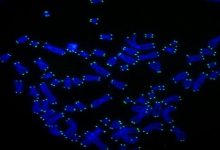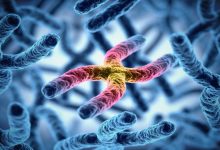
Background
Protein research is one of the highly studied areas in the field of medical science. The ability of the proteins to develop far more effective drugs for cancer, diabetes, etc is utilized by the researchers.
However, it is also important to note that while proteins show great potential in the development of pharmaceuticals, they also pose trickiest challenges. They have an incredibly complex chemical structure that makes them difficult to modify. So, scientists are always working to design a tool for modifying the proteins more precisely. This tool will ensure limited side effects of the drug developed by protein modification.
Research
A research published in Nature Communications by the University of Copenhagen reveals that they have tailored a new protein modifying method. This new modifying method promises fewer side effects and can play a vital role in the development of protein-based pharmaceuticals.
“We often run the risk of not being approved by health authorities because protein-based drugs lack precision and may have side-effects. Among other things, this is because of the serious limitations with the tools that have been used up until now,” according to Professor Knud J. Jensen of the University of Copenhagen’s Department of Chemistry.
The new protein modifying method is called “his-tag acylation” by the researchers. The best part of this method is that it makes the addition of toxic molecules to the protein possible. This toxic molecule can then attack the sick cells in a cancer-stricken body, without attacking the healthy ones.
“Proteins are like a ball of yarn, a long thread of amino acids, which are turned up. This method allows us to precisely target these intricate structures, as opposed to making uncertain modifications when we don’t know what is being hit within the ball of yarn. In short, it will help produce drugs where we can be far more confident about where modifications are being made, so that side effects can be minimized in the future,” says Knud J. Jensen.
Future prospects
The fact that His-tag acylation can accurately target the complex yarn-like protein structures also makes it possible to produce drugs with entirely new characteristics.
Scientists can now attach fluorescent molecules to the modified protein and can easily track their movement inside the cell. Its primary function is to deliver the toxic molecules to the cancer-stricken cells and not the healthy ones. By carefully studying the movement of the modified them inside the body can help in producing medications that do not have unintended side effects.






